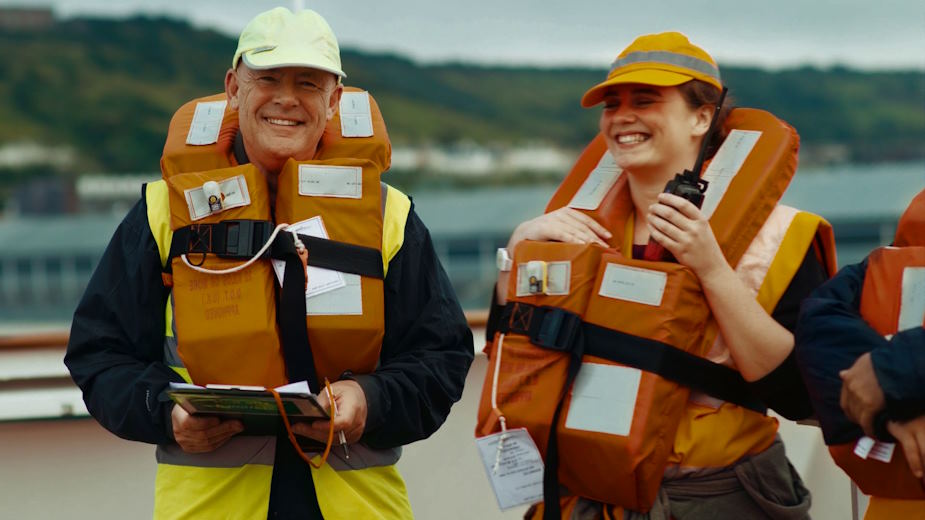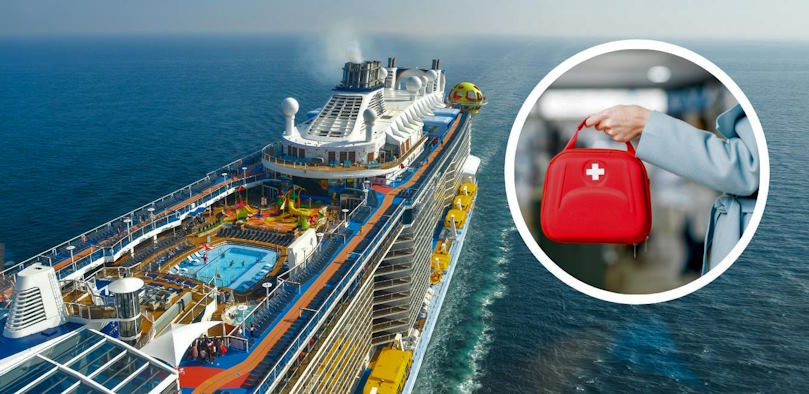Cruise Ship Safety: Understanding Emergency Procedures and Protocols
When embarking on a cruise vacation, passengers often find themselves immersed in a world of luxury, relaxation, and endless entertainment. However, amidst the enchantment of a floating paradise, it is crucial to acknowledge the paramount importance of cruise ship safety. Understanding emergency procedures and protocols can mean the difference between calm resolution and chaos in the face of unforeseen circumstances.
Communication and Alerts
Ship-wide Communication Systems:
In the vast expanse of a cruise ship, effective communication is paramount to ensure the safety and well-being of all passengers and crew members. To facilitate this, cruise ships are equipped with robust ship-wide communication systems. One such system is the Public Address (PA) system, which allows important announcements to be made throughout the ship. These announcements serve as a means to relay crucial information regarding safety procedures, emergency situations, and general updates. Whether it’s a reminder about a scheduled drill or important instructions during an emergency, the PA system ensures that every passenger can hear the message regardless of their location on the ship.

Emergency alarms and signals are another integral part of ship-wide communication systems. These alarms are designed to alert passengers and crew members in the event of an emergency, signaling the need for immediate action. Whether it’s a fire alarm, a man overboard alarm, or a medical emergency signal, these alarms are distinctive and easily recognizable. They are strategically placed throughout the ship to ensure that no matter where someone may be, they can promptly respond to the situation at hand.
Understanding Emergency Codes and Their Meanings:
In addition to alarms and signals, cruise ships employ a system of emergency codes to efficiently communicate specific types of emergencies. These codes are standardized and universally understood among the crew members. Different codes exist for various emergencies, such as fire, medical incidents, or a man overboard situation. Understanding the meanings of these codes is crucial for passengers as well, as it allows them to interpret the urgency and nature of the situation.
Alongside the emergency codes, clear instructions on how to respond to each code are provided. These instructions may vary depending on the nature of the emergency. Passengers are often briefed on these procedures during safety drills and through safety information materials provided in staterooms. It is of utmost importance to remain calm and follow the instructions provided by the crew during such emergencies. Adhering to the protocols ensures a coordinated response and helps maintain order and safety throughout the ship.
Emergency Evacuation Procedures
In the realm of cruise ship safety, one aspect that demands particular attention is emergency evacuation procedures. While the thought of an evacuation may seem unsettling, being well-informed about the protocols can provide passengers with a sense of preparedness and assurance.
Assembly stations and muster drills serve as vital components of emergency preparedness. It is crucial for passengers to know the location of their assigned assembly station, which is typically designated on their key card or explained during the initial safety briefing. These assembly stations are strategically placed throughout the ship and are designed to ensure an organized and efficient evacuation process. Knowing the location of your assembly station in advance allows for a swift response in the event of an emergency.
Muster drills, which are mandatory for all passengers, play a crucial role in preparing individuals for potential emergencies. These drills simulate emergency situations and provide passengers with hands-on experience regarding the procedures to follow. They typically involve demonstrations of how to wear a life jacket properly, the importance of reporting to the assigned assembly station, and instructions on how to safely evacuate the ship. Muster drills not only educate passengers on their roles during an emergency but also instill a sense of confidence and readiness.

Passenger Responsibilities and Best Practices
When it comes to cruise ship safety, passengers have a significant role to play in ensuring their own well-being as well as the safety of others on board. By adhering to personal safety precautions and actively familiarizing themselves with emergency procedures, passengers can contribute to a safer and more secure environment for everyone.
Personal safety precautions are a fundamental aspect of responsible cruising. Passengers should always stay aware of their surroundings, taking note of potential hazards or areas that may pose risks. This includes being mindful of wet surfaces, uneven flooring, or obstacles that may impede movement. By staying vigilant and cautious, passengers can minimize the chances of accidents or injuries.
Reporting any suspicious or unsafe activities to the crew is another crucial responsibility. Cruise ships have dedicated security personnel who are trained to handle any potential threats or emergencies. If passengers observe any behavior that seems concerning or notice any objects that appear out of place, it is essential to inform the crew immediately. Reporting such incidents helps maintain a secure environment for everyone on board.
Familiarizing oneself with emergency procedures and locations is vital for every passenger. This involves reading the safety information provided in staterooms, which typically includes details about emergency exits, life jacket usage, and evacuation protocols. Understanding this information equips passengers with the knowledge necessary to respond effectively during an emergency situation.

